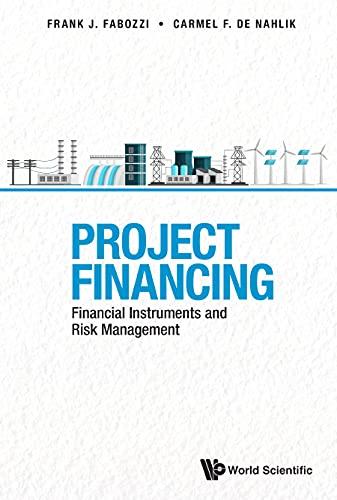OOOO.. eBook Through Madsen Motors's bonds have 18 years remaining to maturity. Interest is paid annually, they have a $1,000 par value, the coupon interest rate is 7%, and the yield to maturity is 9%. What is the bond's current market price? Round your answer to the nearest cent. o $ eBook Through A firm's bonds have a maturity of 14 years with a $1,000 face value, have an 11% semiannual coupon, are callable in 7 years at o $1,239.01, and currently sell at a price of $1,409.11. What are their nominal yield to maturity and their nominal yield to call? Do not round intermediate calculations. Round your answers to two decimal places. YTM: 96 YTC: 96 What return should investors expect to earn on these bonds? I. Investors would expect the bonds to be called and to earn the YTC because the YTC is less than the YTM. II. Investors would expect the bonds to be called and to earn the YTC because the YTC is greater than the YTM. II. Investors would not expect the bonds to be called and to earn the YTM because the YTM is greater than the YTC. V. Investors would not expect the bonds to be called and to earn the YTM because the YTM is less than the YTC. -Select- Check My Work (3 remaining) eBook Through An investor has two bonds in his portfolio that have a face value of $1,000 and pay a 10% annual coupon. Bond L matures in 16 years, while Bond S matures in 1 year. a. What will the value of the Bond L be if the going interest rate is 6%, 7%, and 11%? Assume that only one more interest payment is to be made on Bond S at its maturity and that 16 more payments are to be made on Bond L. Round your answers to the nearest cent. 6% 7% Bond L $ 11% Bond S$ b. Why does the longer-term bond's price vary more than the price of the shorter-term bond when Interest rates change? 1. Long-term bonds have lower reinvestment rate risk than do short-term bonds. II. The change in price due to a change in the required rate of return increases as a bond's maturity decreases. IV. The change in price due to a change in the required rate of return decreases as a bond's maturity increases. V. Long-term bonds have lower interest rate risk than do short-term bonds. -Select- Check My Work (3 remaining)









